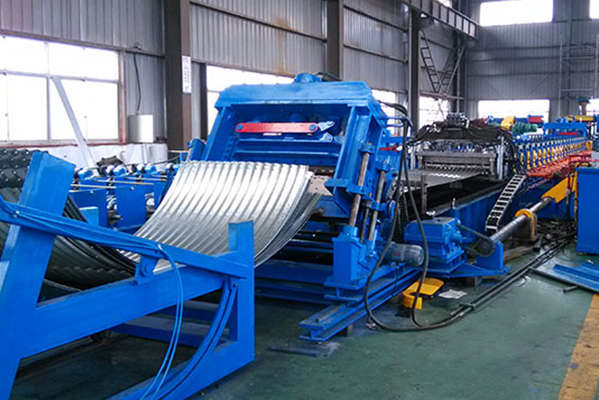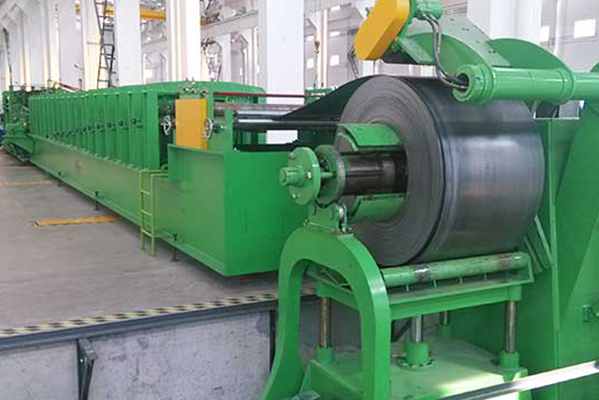Navigation Menu
Contact Us
- Email:
- info@wxavatar.com
- Address:
- Yurong Village, Yuqi Street, Huishan District, Wuxi, China.
Release Date:Oct 26, 2024 Visit:204 Source:ZCM Roll Forming Machine
In the realm of manufacturing, the evolution of machinery has significantly influenced productivity and quality. Among the various types of equipment, L plate roll forming machines stand out due to their versatility and capability to shape metal into intricate and precise configurations. Recent advancements in precision and customization have further propelled these machines to the forefront, offering manufacturers unparalleled flexibility and efficiency.

Precision Enhancements
Precision is paramount in the metal forming industry, where even minute deviations can compromise the structural integrity and functionality of the final product. Modern L plate roll forming machines have incorporated high-precision technology to ensure consistent and accurate results. Advanced sensors and control systems monitor every aspect of the forming process, from the initial feed of the metal sheet to the final shape of the L plate.
One of the key enhancements is the use of servo-driven systems. Unlike traditional hydraulic or mechanical drives, servo systems offer superior control over speed, position, and torque. This allows for more precise adjustments during the roll forming process, minimizing waste and errors.
Furthermore, the integration of closed-loop feedback mechanisms ensures that any deviations from the desired specifications are immediately detected and corrected. This continuous monitoring and adjustment capability enable L plate roll forming machines to maintain a high degree of precision throughout the production run.
Customization Capabilities
Customization is another crucial aspect of modern L plate roll forming machines. Manufacturers often require unique shapes and sizes that standard machines cannot produce. To meet these demands, roll forming machines have evolved to offer extensive customization options.
The design of the roll tooling is a critical factor in achieving customization. Modern machines utilize modular roll tooling systems, which allow for quick and easy changes to the die set. This means that manufacturers can switch between different configurations without significant downtime or additional costs.
In addition to roll tooling, the software that controls the machines has also become more customizable. Advanced CAD/CAM systems enable manufacturers to design and simulate the roll forming process before it begins. This not only reduces the risk of errors but also allows for more intricate and complex shapes to be achieved.
Moreover, some L plate roll forming machines now offer in-process modifications. This capability enables manufacturers to make adjustments to the shape and dimensions of the L plate while it is still in the forming stage. This is particularly useful for prototype development and small-batch production, where flexibility and quick turnaround times are essential.
Benefits for Manufacturers
The precision and customization enhancements in L plate roll forming machines offer numerous benefits for manufacturers. Higher precision means less waste and fewer rejects, which translates to cost savings and improved profitability. Customization capabilities enable manufacturers to differentiate their products and meet the specific needs of their customers.
Furthermore, the increased flexibility of modern roll forming machines allows manufacturers to quickly adapt to changes in market demand. Whether it's producing a new product line or modifying an existing one, the ability to customize the roll forming process ensures that manufacturers remain competitive in a rapidly evolving industry.

In conclusion, the advancements in precision and customization in L plate roll forming machines have revolutionized the manufacturing process. By incorporating high-precision technology and offering extensive customization options, these machines have become indispensable tools for manufacturers seeking to improve productivity, reduce costs, and stay ahead of the competition. As technology continues to evolve, it is likely that we will see even more innovations in this area, further enhancing the capabilities of L plate roll forming machines.